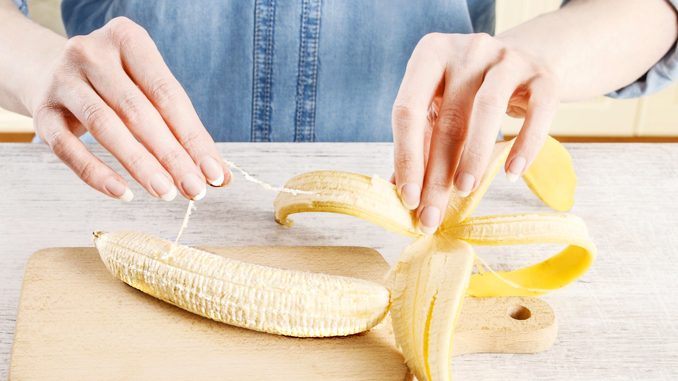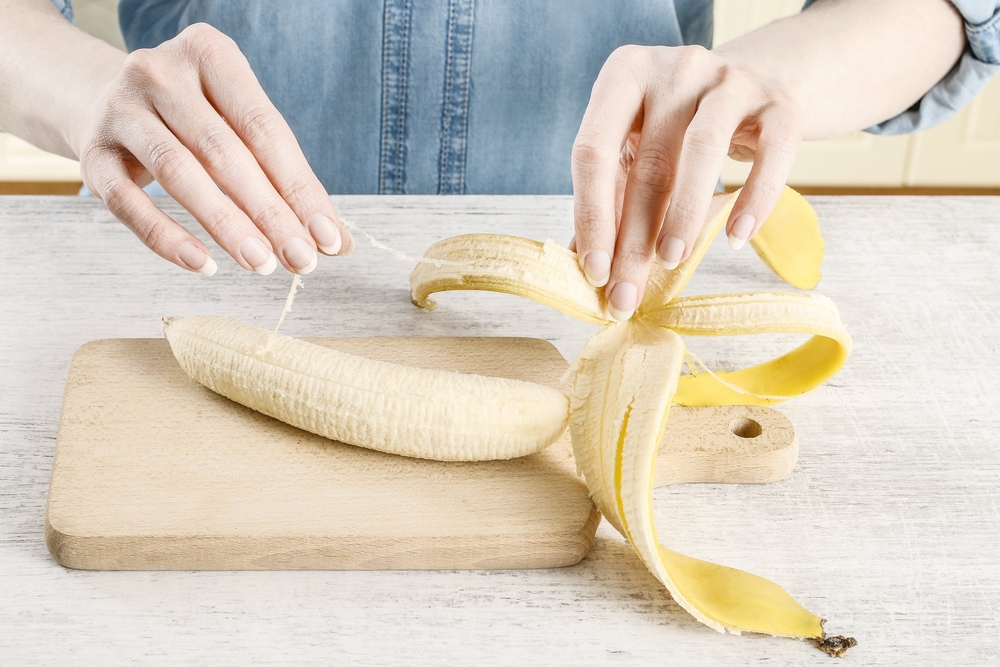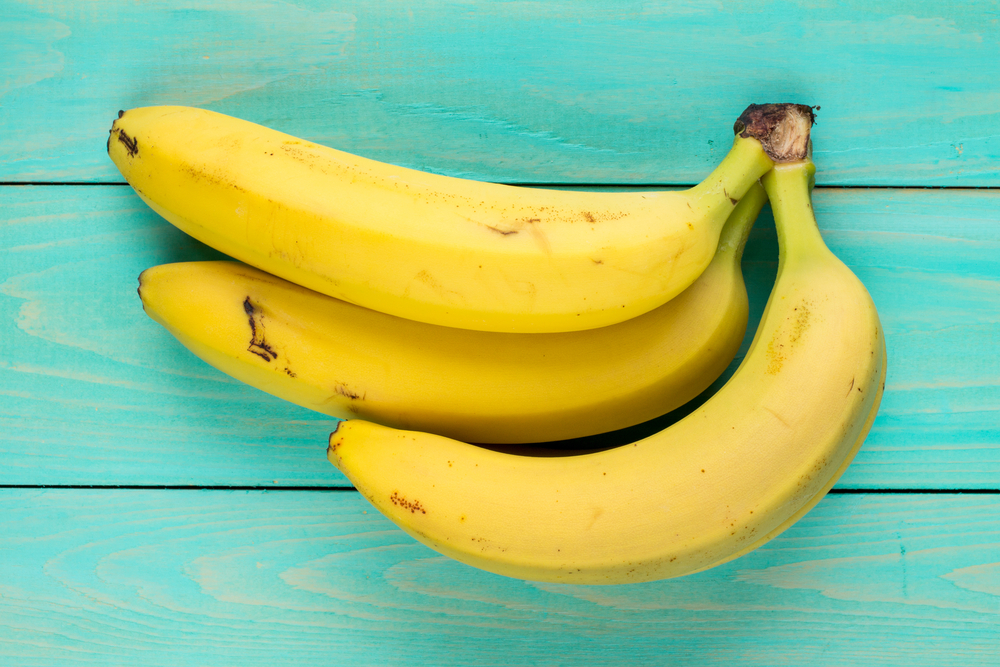
It’s common practice for many people to peel off the dangling strings from the flesh of a banana before eating one, but this could be a mistake. Did you know that they’re safe to eat, and healthy too?
The fibrous, pale yellow strings that run vertically along the fruit have a name—phloem bundles. They play a vital role in the growth of the banana while it’s still attached to the tree.
The strings act as arteries, providing transit routes for food and water to nourish the fruit as it grows.

Dr. Nicholas D. Gillitt, director and vice president of nutrition research at the Dole Nutrition Institute in North Carolina, told HuffPost that phloem bundles are essential for the “adequate disposition of nutrients throughout the plant.”
Besides being of use to the plant, the phloem bundles are completely edible.
“Since they are intended to do a specific job … they would be expected to have a different compound profile to the regular edible banana flesh,” Gillett said.
Gillett said the phloem bundles probably contain more fiber, but unless you eat a large amount they probably wouldn’t impact the overall nutrition profile of a banana.

Doctor of Chinese and integrative medicine Dr. Elizabeth Trattner told Reader’s Digest that phloem bundles aren’t something “gross or disgusting.”
“It is fine to eat and although its structure is a little different than the inside, it can be consumed,” Trattner said.
For those who turn their noses up at eating phloem bundles, these “strings” do have another role: they can also be used to determine whether a banana is ready to eat.
Phloem bundles cling tightly when the fruit is underripe, but are easily removed when the banana is ripe and ready.
Share your stories with us at emg.inspired@epochtimes.com, and continue to get your daily dose of inspiration by signing up for the Epoch Inspired Newsletter at TheEpochTimes.com/newsletter





Be the first to comment